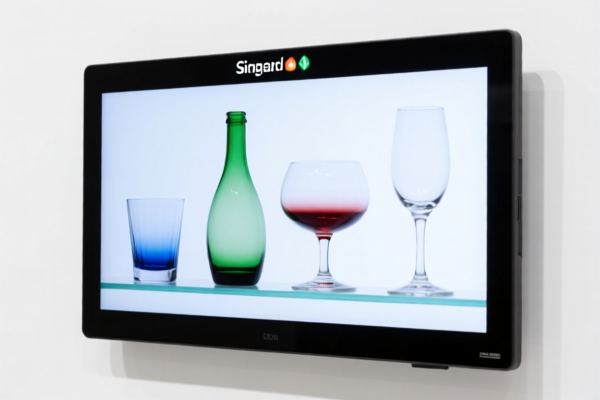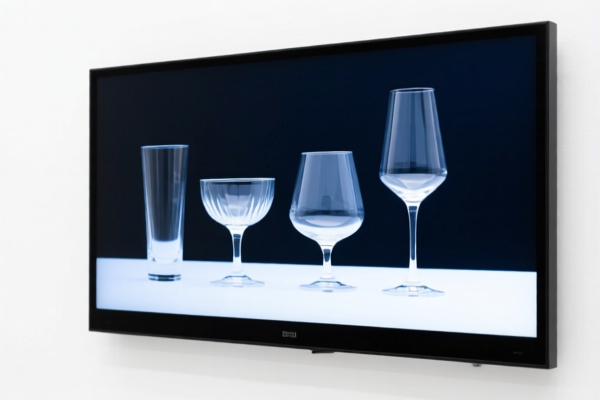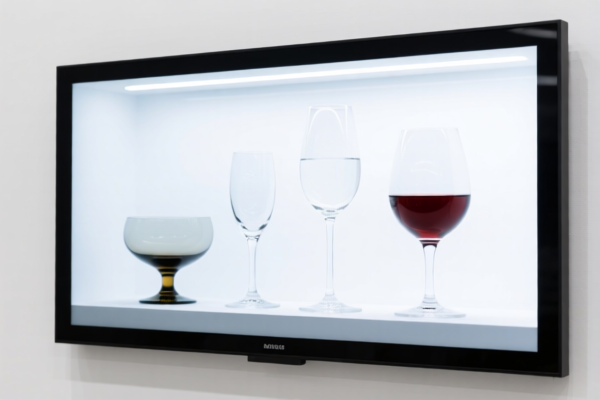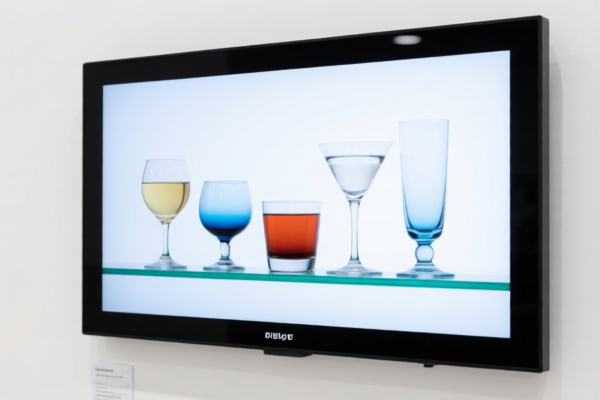| HS Code | Official Doc | Tariff Rate | Origin | Destination | Effective Date |
|---|---|---|---|---|---|
| 8705900080 | Doc | 55.0% | CN | US | 2025-05-12 |
| 8705900010 | Doc | 55.0% | CN | US | 2025-05-12 |
| 8706000300 | Doc | 59.0% | CN | US | 2025-05-12 |
| 8707905090 | Doc | 59.0% | CN | US | 2025-05-12 |
| 8707905020 | Doc | 59.0% | CN | US | 2025-05-12 |
| 9503000090 | Doc | 30.0% | CN | US | 2025-05-12 |
| 9503000071 | Doc | 30.0% | CN | US | 2025-05-12 |
| 9508290000 | Doc | 37.5% | CN | US | 2025-05-12 |
| 9031499000 | Doc | 55.0% | CN | US | 2025-05-12 |
| 9031808085 | Doc | 30.0% | CN | US | 2025-05-12 |
| 9014805000 | Doc | 55.0% | CN | US | 2025-05-12 |
| 9014804000 | Doc | 55.0% | CN | US | 2025-05-12 |




Vehicle Display
A vehicle display is an electronic interface providing information to the driver and passengers of a vehicle. These displays have evolved significantly from simple analog gauges to sophisticated multi-functional systems.
Materials:
- Liquid Crystal Display (LCD): The most common technology, offering good clarity and relatively low power consumption. Variations include TFT-LCD (Thin-Film-Transistor Liquid Crystal Display) for improved viewing angles and color reproduction.
- Organic Light-Emitting Diode (OLED): Increasingly used for premium displays due to superior contrast, wider viewing angles, and faster response times. More expensive than LCD.
- Thin-Film Transistor (TFT): A type of LCD technology used to control individual pixels.
- Touchscreen Layers: Often capacitive or resistive, enabling interactive control of vehicle functions.
- Housing Materials: Typically plastics (ABS, polycarbonate) for durability and weight reduction. Aluminum or other metals may be used for premium finishes.
- Polarizing Films: Used in LCDs to control light transmission and improve visibility.
Purpose:
- Information Presentation: Convey critical vehicle data to the driver.
- Control Interface: Allow drivers and passengers to manage vehicle settings and features.
- Entertainment: Provide access to audio, video, and navigation systems.
- Safety Enhancement: Display warnings, alerts, and camera feeds.
Function:
- Speedometer/Tachometer: Display vehicle speed and engine RPM.
- Fuel Gauge: Indicate remaining fuel level.
- Temperature Gauge: Monitor engine coolant temperature.
- Navigation: Show maps, routes, and turn-by-turn directions.
- Infotainment: Control audio sources (radio, MP3, streaming), media playback, and smartphone integration (Apple CarPlay, Android Auto).
- Climate Control: Manage heating, ventilation, and air conditioning.
- Vehicle Status: Display information about tire pressure, oil levels, battery voltage, and other system parameters.
- Camera Feeds: Show images from rearview cameras, surround-view cameras, and dashcams.
- Driver Assistance Systems (ADAS): Present alerts for lane departure warning, adaptive cruise control, blind-spot monitoring, and collision avoidance.
Usage Scenarios:
- Driving: Continuous monitoring of essential vehicle data while operating the vehicle.
- Parking: Displaying camera feeds to assist with maneuvering in tight spaces.
- Navigation: Providing guidance and route information during travel.
- Entertainment: Accessing audio and video content during stationary periods or while a passenger.
- Vehicle Diagnostics: Displaying error codes and system status information for maintenance and repair.
Common Types:
- Analog Displays: Traditional gauges using needles and scales. Increasingly rare in modern vehicles.
- Digital Displays: Use numerical readouts and segmented displays.
- Multi-Information Displays (MID): Combine multiple functions into a single screen, often customizable.
- Head-Up Displays (HUD): Project information onto the windshield, allowing the driver to keep their eyes on the road.
- Touchscreen Displays: Integrated into the center console, providing interactive control of vehicle functions.
- Cluster Displays: Replacing traditional instrument panels with large, customizable digital screens.
- Rear Seat Entertainment Systems: Displays integrated into the headrests or center console for passengers.
Based on the provided information, the classification of “vehicle display” requires careful consideration of its specific characteristics and intended use. Here are potential HS codes based on the available data:
- 8705900080: This code covers “Special purpose motor vehicles, other than those principally designed for the transport of persons or goods (for example, wreckers, mobile cranes, fire fighting vehicles, concrete mixers, road sweepers, spraying vehicles, mobile workshops, mobile radiological units): Other Other”. If the vehicle display is integrated into a specialized vehicle not primarily for transport, this code may be applicable. The total tax rate is 55.0% (0.0% basic tariff + 25.0% additional tariff, increasing to 30.0% after April 2, 2025).
- 9508290000: This code covers “Traveling circuses and traveling menageries; amusement park rides and water park amusements; fairground amusements, including shooting galleries; traveling theaters; parts and accessories thereof: Amusement park rides and water park amusements: Other”. If the vehicle display functions as an amusement park ride or a fairground amusement, this code could be relevant. The total tax rate is 37.5% (0.0% basic tariff + 7.5% additional tariff, increasing to 30.0% after April 2, 2025).
- 9031499000: This code covers “Measuring or checking instruments, appliances and machines, not specified or included elsewhere in this chapter; profile projectors; parts and accessories thereof: Other optical instruments and appliances: Other: Other”. If the vehicle display incorporates optical instruments for measurement or checking purposes, this code might be considered. The total tax rate is 55.0% (0.0% basic tariff + 25.0% additional tariff, increasing to 30.0% after April 2, 2025).
Important Considerations:
The classification of “vehicle display” is highly dependent on its function and construction. If the display is a component of a larger vehicle, HS code 8705900080 may be appropriate. If it is a standalone amusement device, HS code 9508290000 should be considered. If it utilizes optical instruments for measurement, HS code 9031499000 may apply.
According to the provided reference material, the HS code options related to 'vehicle display' are limited, with only the following 3 found.
Customer Reviews
The detailed description of the different types of vehicle displays was extremely useful. I now have a better understanding of how to classify my product under the correct HS code.
The page was very helpful in identifying the HS code 8705900080 for my vehicle display. The tariff rate and effective date were clearly stated, which made the process straightforward.
I really appreciated the clear breakdown of the different functions of vehicle displays. It helped me determine which HS code best fits my product’s purpose.
The page has a lot of useful information, but I found the explanation of HS code 9031499000 a bit confusing. I would have preferred more context on its relevance to vehicle displays.
The information on the materials used in vehicle displays was very detailed. It helped me understand why certain HS codes might be more suitable for my product.